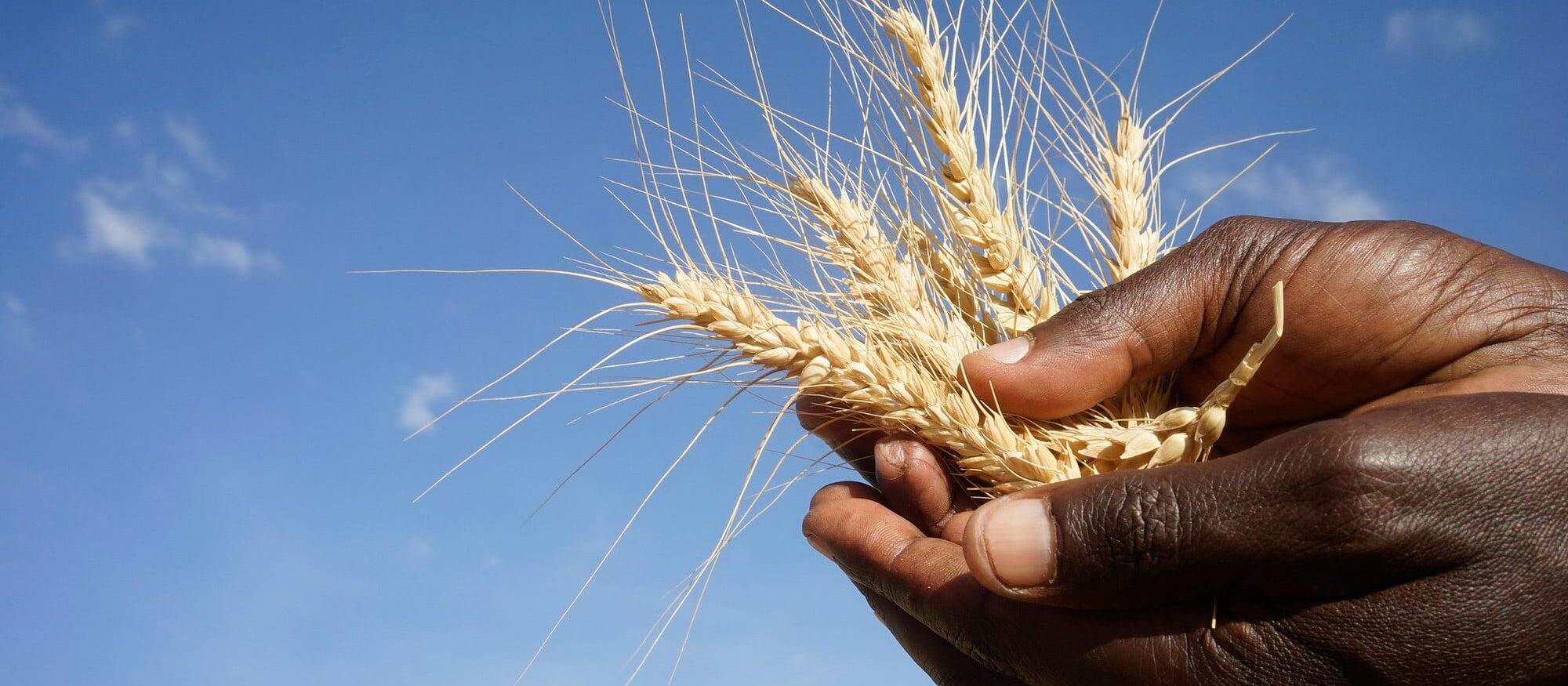Common bean improvement reduces poverty in Ethiopia
Research by CGIAR Research Program on Grain Legumes and Dryland Cereals (GLDC) partner, the Alliance of Bioversity International and the International Center for Tropical Agriculture (CIAT), has positively impacted Ethiopia’s bean sector, including breeding, seed systems, varieties grown, and farmer welfare.
GLDC research has contributed to the release of more than 60 improved bean varieties in Ethiopia since 1970, including a biofortified variety released in 2019. Thirty-six of these high-yielding, resilient varieties are either lines or crosses with CIAT materials.
Together with the release of seeds from improved varieties, information on recommended management practices/inputs to farmers through numerous delivery channels have been disseminated in partnership with small and medium-sector seed entrepreneurs, nongovernmental organizations, and farmer organizations.
Adoption of improved varieties has benefited close to 2.5 million farming families, covering up to 65% of the total national bean area, enabling them to enjoy extra consumption spending on food and nonfood items worth US$119 purchasing power parity (PPP) per person per year, and US$217 PPP for those families that combined varieties with fertilizers.
Extensive adoption of high-yielding, resilient varieties, and capacity development on good management practices have fueled yield growth from an average of 0.5 ton per hectare in 2004 to 1.6 tons per hectare in 2016. Bean exports have also grown significantly as a result of increased production and were worth around US$200 million before the COVID-19 outbreak in 2020.
Research by the Alliance of Bioversity International and CIAT has contributed to the release of more than 60 improved bean varieties in Ethiopia since 1970.
In Ethiopia, beans provide essential nutrition and income for nearly 4 million smallholder farmers in low- and mid-altitude areas. In these regions, families struggle to make a living from agriculture under uncertain climatic conditions and land scarcity. They prefer beans with quick maturing properties to fill income gaps when other crops have not yet matured.
The “White gold” bean, for example, is a nutrient-rich and drought-resilient baking variety that can be canned and exported, fetching farmers three times more income than other common crops, such as maize. With the bio-fortified varieties recently released in the country, the contribution of beans is set to grow.
Adoption of improved bean varieties has benefited close to 2.5 million farming families, covering up to 65% of the total national bean area in Ethiopia.
In 2003, GLDC/CIAT spearheaded the development of a framework for wide dissemination of improved bean varieties through public-private partnerships for bean research in Ethiopia. This framework has transformed the bean seed system from a central, formal seed delivery system into a decentralized multistakeholder system.
The national capacity for certified seed production grew from less than 2,000 tons in 2007 to 6,000 tons per year in 2018. Methods of capacity development have now diversified, and include the use of radio and TV, which were introduced in 2020 during the COVID-19 pandemic.



